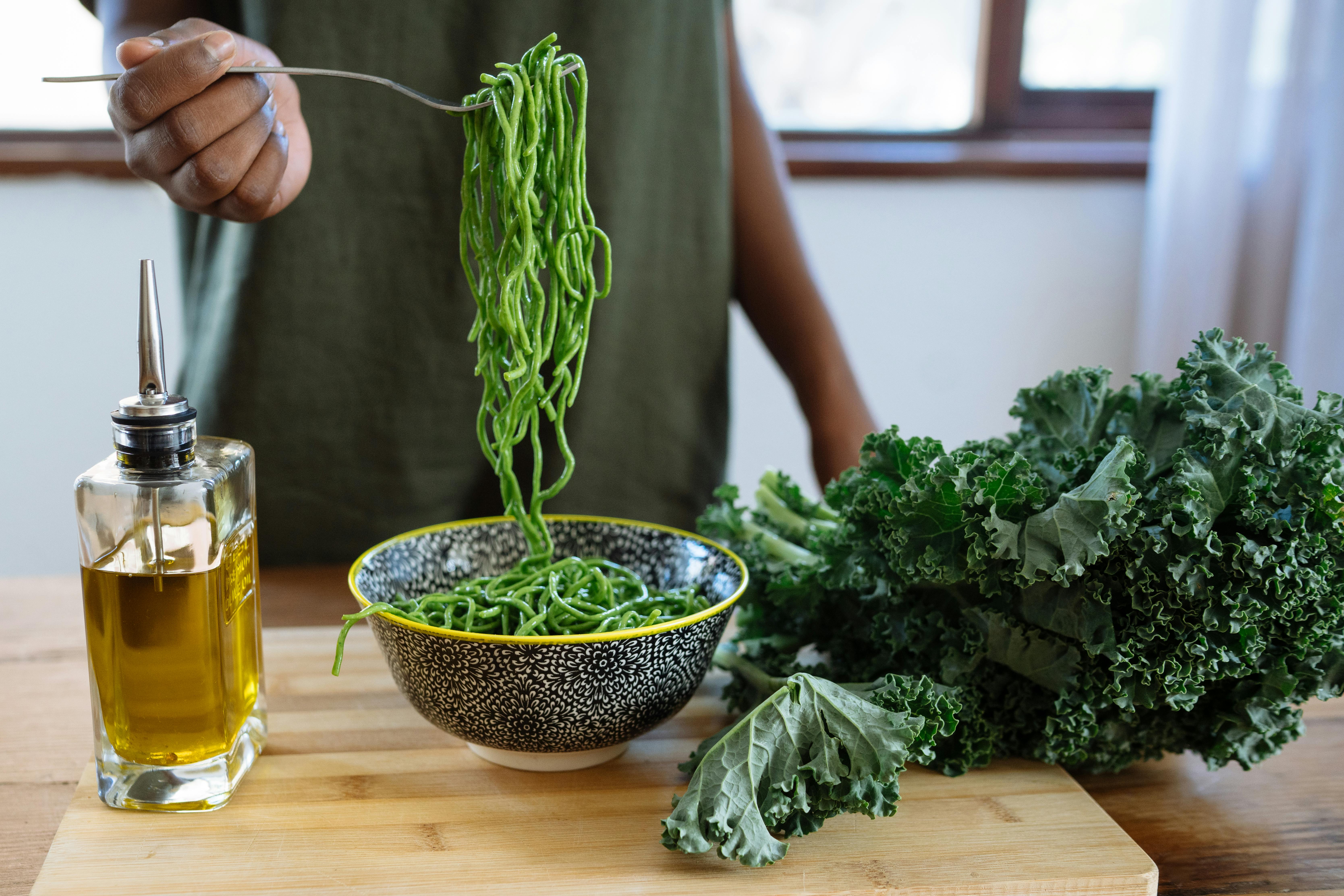
Effective 2-Week Acid Reflux Diet Plan for 2025
Acid reflux affects millions of individuals worldwide, causing discomfort and impacting their daily lives. Many seek relief through dietary changes, particularly within a structured timeframe. A two-week acid reflux diet not only provides relief from symptoms but also helps individuals adopt lasting habits for improved overall health. In this article, we will explore the significance of maintaining a diet for acid reflux, the foods to eat and avoid, and create a comprehensive meal plan filled with delicious and healthy recipes tailored for reflux management.
Benefits of adhering to a two-week reflux treatment plan include alleviating acid reflux symptoms, improving digestive health, and emphasizing whole, anti-inflammatory foods. In our roadmap, we will cover key topics like meal timing, hydration, and personalized dietary adjustments that support effective management of GERD. Expect practical tips for meal prep ideas, suggestions for safe snacks, and an overview of nutritional balance that fosters symptom-free eating.
Let’s get started on the path to a healthier lifestyle with the right dietary strategies.
Understanding Acid Reflux: Symptoms and Causes
To effectively manage acid reflux, it's crucial to understand its symptoms and underlying causes. Acid reflux, also known as gastroesophageal reflux disease (GERD), occurs when stomach acid flows back into the esophagus, leading to irritation and discomfort. Common symptoms include heartburn, regurgitation, chest pain, and difficulty swallowing.
Several factors can contribute to the development of acid reflux, including diet, lifestyle, and even genetics. Foods high in fat, spicy dishes, and acidic items can exacerbate symptoms. Additionally, eating habits such as large portion sizes, late-night meals, and lying down immediately after eating further complicate this condition.
By understanding your own triggers, you can craft a personalized diet plan that alleviates discomfort and promotes better digestive health.
Identifying Common Triggers
Identifying trigger foods is a critical step in managing acid reflux. Many people often overlook food sensitivities and their impact on reflux symptoms. Common trigger foods include:
- Fried or fatty foods
- Tomatoes and citrus fruits
- Chocolate and coffee
- Mint and spicy foods
- Carbonated beverages
It's beneficial to maintain a food diary to track these triggers and understand your body's response to different foods effectively. Keeping a record can help pinpoint personal irritants, ensuring you craft a diet tailored to your specific needs.
The Role of Hydration in Managing Reflux
Staying hydrated plays a significant role in digestive health. Water helps dilute stomach acid and keeps the digestive tract functioning smoothly, thereby potentially reducing the frequency and intensity of acid reflux symptoms. Aim for adequate hydration while avoiding carbonated and caffeinated beverages, which can aggravate reflux.
Mindful drinking, such as sipping water throughout the day rather than during meals, can also help prevent excessive stomach acid production. Always listen to your body and adjust your water intake accordingly.
Doctor-Recommended Diet and Lifestyle Changes
Consulting a healthcare provider or dietitian is essential when putting together your acid reflux diet and lifestyle changes. Medical advice can personalize your approach, taking into account any other health conditions and dietary restrictions. Specifically, doctors often recommend a diet rich in whole foods, emphasizing anti-inflammatory options and fiber.
Incorporating low-fat proteins, leafy greens, and whole grains can significantly support digestive health. Additionally, portion control and meal timing play a role in managing acid reflux. Opting for smaller meals throughout the day rather than three large ones can help minimize pressure on the stomach and reduce reflux occurrences.
Meal Planning for Acid Reflux: Foods to Eat
Now that we've explored the fundamentals, let’s delve into specific foods that can be incorporated into a meal plan for acid reflux. Choosing the right foods can make a remarkable difference in your daily comfort levels.
Low Acidity Foods to Incorporate
Focusing on low-acid foods is an essential strategy. Some successful options include:
- Whole grains like oatmeal, brown rice, and quinoa
- Vegetables, particularly leafy greens like spinach and kale
- Lean proteins such as chicken, turkey, and fish
- Dairy alternatives, including almond milk and oat milk
- Fruits like bananas, apples, and pears
These low-acid foods not only support digestion but also provide essential nutrients. Incorporating these into your daily meals leads to a more balanced diet while helping manage reflux symptoms.
Healthy Recipes for Reflux Management
Creating flavorful meals can be simple with a focus on anti-inflammatory ingredients. Here are a couple of reflux-friendly meal ideas:
- Breakfast Idea: Oatmeal topped with bananas and a drizzle of honey, providing fiber and natural sweetness.
- Lunch Option: Grilled chicken salad with spinach, cucumbers, and a light vinaigrette made from olive oil and apple cider vinegar.
- Dinner Suggestion: Baked salmon with steamed broccoli and quinoa for a nutritious, low-fat meal.
Experimenting with herbs and safe spices like ginger and turmeric can enhance flavors without irritating the esophagus.
Reflux-Friendly Snacks and Desserts
Snacking can be tricky with acid reflux, but there are plenty of reflux-friendly options. Consider incorporating:
- Carrot sticks with hummus
- Rice cakes topped with almond butter
- Plain yogurt with sliced bananas
For a sweet treat, try baking using low-acid ingredients, such as using applesauce in muffins instead of sugar. The shift to low-acid and high-fiber options can make snacking enjoyable without triggering reflux symptoms.
Meal Timing and Portions: Best Practices
Understanding the timing of meals is vital for managing acid reflux effectively. Eating at regular intervals and avoiding late dinners can minimize flare-ups. Make a habit of having your last meal at least three hours before bedtime.
Optimal Meal Timing Strategies
Throughout your day, aim for smaller, more frequent meals rather than large ones. Break your intake into five to six smaller meals each day to reduce pressure on the stomach. This approach helps in controlling acid flow and alleviating discomfort.
Portion Control and Its Importance
Portion sizes matter immensely. Overeating can lead to increased pressure in the stomach, pushing acid into the esophagus. Utilize smaller plates to help control portions, and listen to your body's hunger cues—eating until 80% full is a helpful guideline to adopt.
Hydration Timing
Pay attention to when you hydrate. Ensure you consume fluids between meals rather than during them to prevent overwhelming your stomach. This practice helps maintain proper digestion and lowers the chances of reflux.
Tips for Successful Implementation of Reflux Diets
Implementing a new diet can be challenging. Here are some effective tips for staying on track with your two-week acid reflux diet:
Support System & Accountability
Share your dietary goals with family or friends to create a support network. Having someone hold you accountable can also motivate you to adhere to your diet during tough days. Cooking together and exchanging meal ideas can make the process fun.
Meal Prep Ideas for Busy Lives
Busy schedules often derail healthy eating. Prepare meals in advance to set yourself up for success. Cook larger portions and portion them into containers for quick grab-and-go options on busy days. Utilizing a slow cooker can also simplify meal preparation on hectic days.
Mindful Eating Practices
Finally, practice mindful eating. Focus on your meals, eliminate distractions like screens, and chew food thoroughly to aid digestion—all contribute to a better eating experience and help you recognize when to stop eating.
Q&A: Common Questions About the Acid Reflux Diet
As you embark on your acid reflux diet journey, here are some common questions and their answers:
What are the best beverages for acid reflux?
Opt for non-caffeinated herbal teas, water, and almond milk. Avoid carbonated drinks and high-acid beverages like orange juice.
Can I have desserts on this diet?
Yes! Choose reflux-friendly desserts such as fruit smoothies, yogurt parfaits, or oatmeal cookies made with low-acid ingredients.
Is it necessary to avoid all acid foods?
While it's crucial to limit high-acid foods, some individuals can tolerate them in moderation. It's vital to listen to your body and identify specific triggers.
How can probiotics help manage reflux?
Probiotics contribute to gut health and may help with digestive issues, supporting overall digestion and potentially reducing reflux occurrence.
How long should I follow this diet?
A two-week trial is ideal for observing your body’s response. Continue refining your diet based on symptom improvement and personal tolerance.

